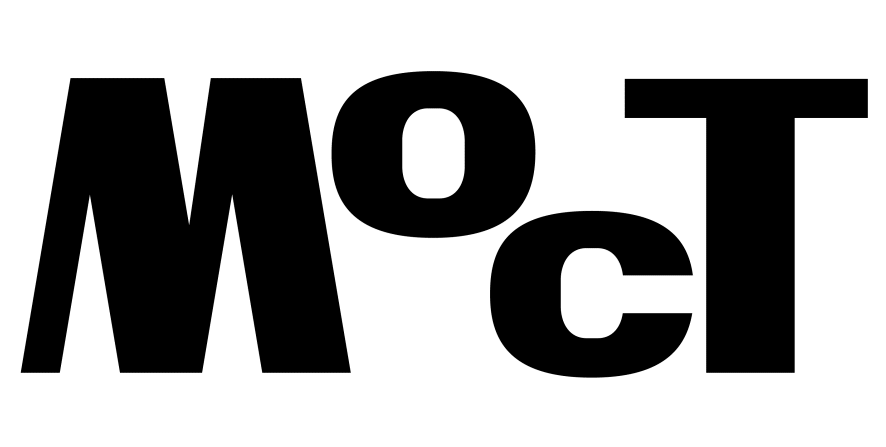Mária Árvai
Imre Pán’s oeuvre has left its mark as a poet, writer, publisher, curator and collector. As an autodidact, he became a highly educated intellectual, who throughout his life sought to mediate between the national and foreign scenes, keeping pace with international cultural life. His role as a cultural mediator can be traced back to the circulation of information and works, the promotion of the reception of the visual arts through publications, the support of artists and the creation of exhibitions. Pán operated cultural transfer in multiple directions, helping to bring artists and their works to Hungary and to take them abroad. After 1956, in France, he tried to exhibit the works of Hungarian artists together with those of international artists living in France. His whole career was defined by his desire to build connections. It is in this spirit that this exhibition was born, where the international material collected by Imre Pán in France meets the work of Anna Mark, who also emigrated to France after 1956.

“Morphism is that we are no longer either surrealists or tachists or informalists or figurative or geometric, but all of them, but at least two of them together.“ (Quote from a letter written by Imre Pán in 1962)
Gábor Mezei (1935) interior designer, art collector, painter. A significant part of his collection, inherited from his father, Imre Pán (1904-1972, born Imre Mezei, who used his self-invented pen name from the 1920s). The exhibition presents a selection from this part of the collection, abstract, abstract expressionist and surrealist figurative drawings and prints that Imre Pán bought in Paris between 1957 and 1972. Most of the works have never been exhibited in Hungary. The rich and diverse material gives an insight into the international art world of Paris in the 1960s.



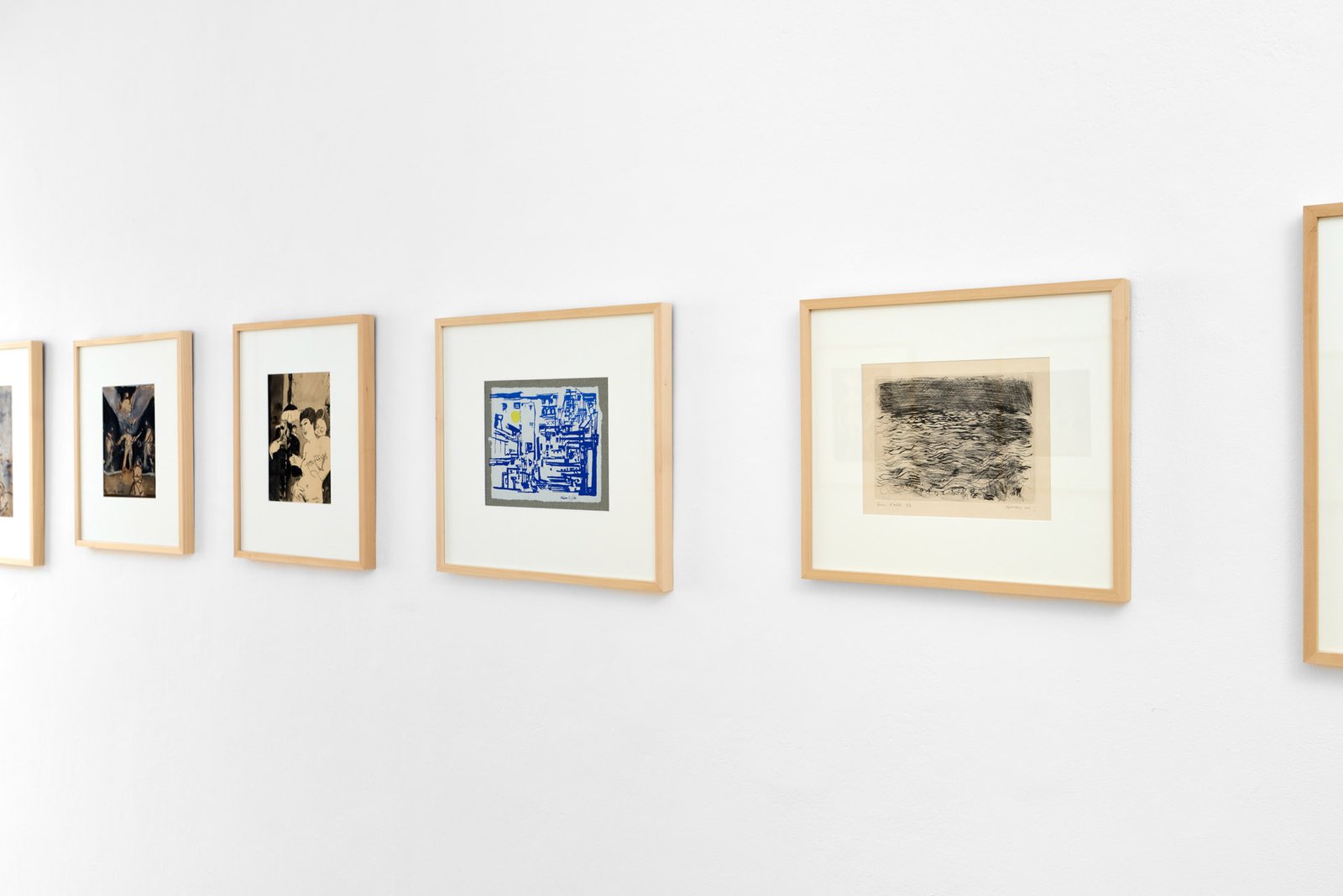


In addition to his work as a writer and publisher, Imre Pán is known as an art dealer, collector and, above all, as an art organizer. His interests focused on avant-garde movements. From a very young age, he followed the development of art beyond Hungary, was interested in the parallels between Hungarian and international art, and sought to mediate between contemporary artists and trends.
From the 1920s he was already a publisher or collaborator of avant-garde journals (IS, Index, Sztár) and worked for several of Lajos Kassák’s magazines. By the 1940s, his bookshop on Andrássy Avenue had become a centre of artistic and intellectual life thanks to the exhibitions it held and the range of books on offer. Imre Pán was one of the founders and main organisers, together with his brother Árpád Mezei, of the European School, a group that sought to bring Hungarian art together and establish contacts with international art after the war.




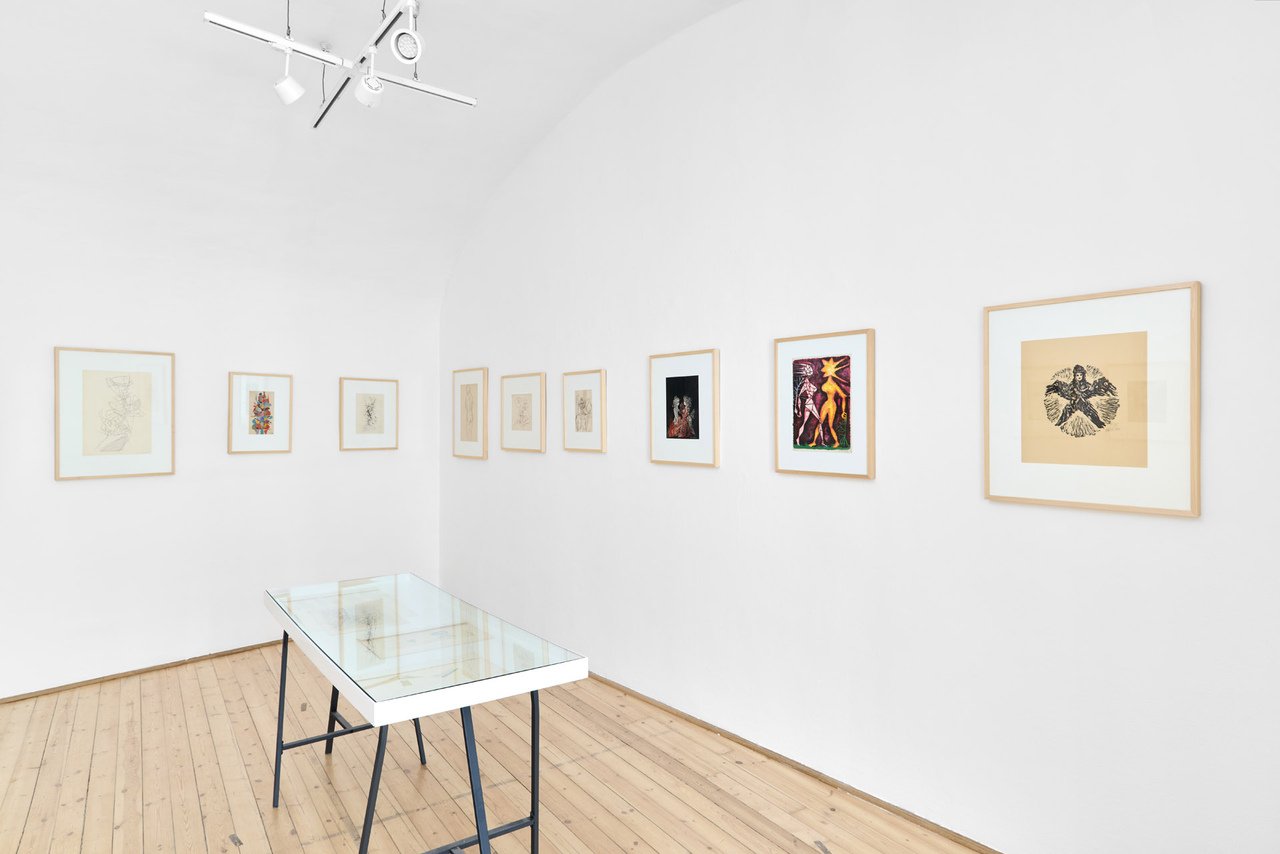
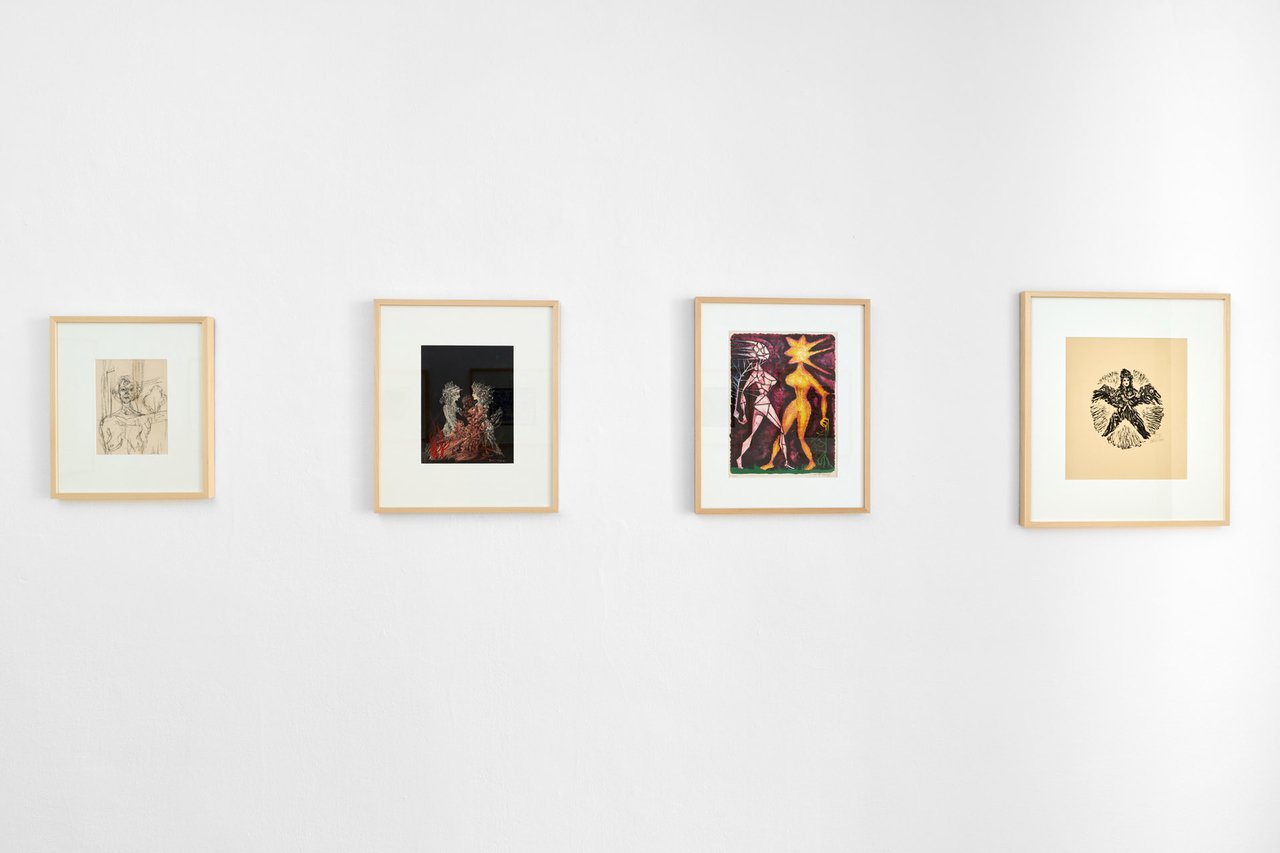


From the beginning of the 20th century, journals served to promote the ideas, concepts and works of art of the various avant-garde movements. The organisation of art was based on a network of contacts, woven through the exchange of avant-garde journals, texts and drawings. After Kassák, the European School followed this practice, and Imre Pán used the same knowledge in Paris when he tried to integrate into the French milieu after 1957, starting from scratch. He sought to rebuild his reputation and contacts, and to earn a living, through special publications (Signe, Morphèmes, Carnets poétiques, Mini-musée) accompanied by original drawings and prints (Signe, Morphèmes, Carnets poétiques, Mini-musée) and exhibitions that brought a new perspective (Zéro-Point exhibitions).
In parallel with his work as an arts organiser, he continued to develop his collection. He collected mainly works on paper from artists who became friends or collaborators. Some of them he met in Hungary, such as Marcel Jean, Corneille and Doucet, while others he met in Paris, such as Marcelle Cahn, René Bertholo, Christine Boumeester, Eva Landori and Gonçalo Duarte.

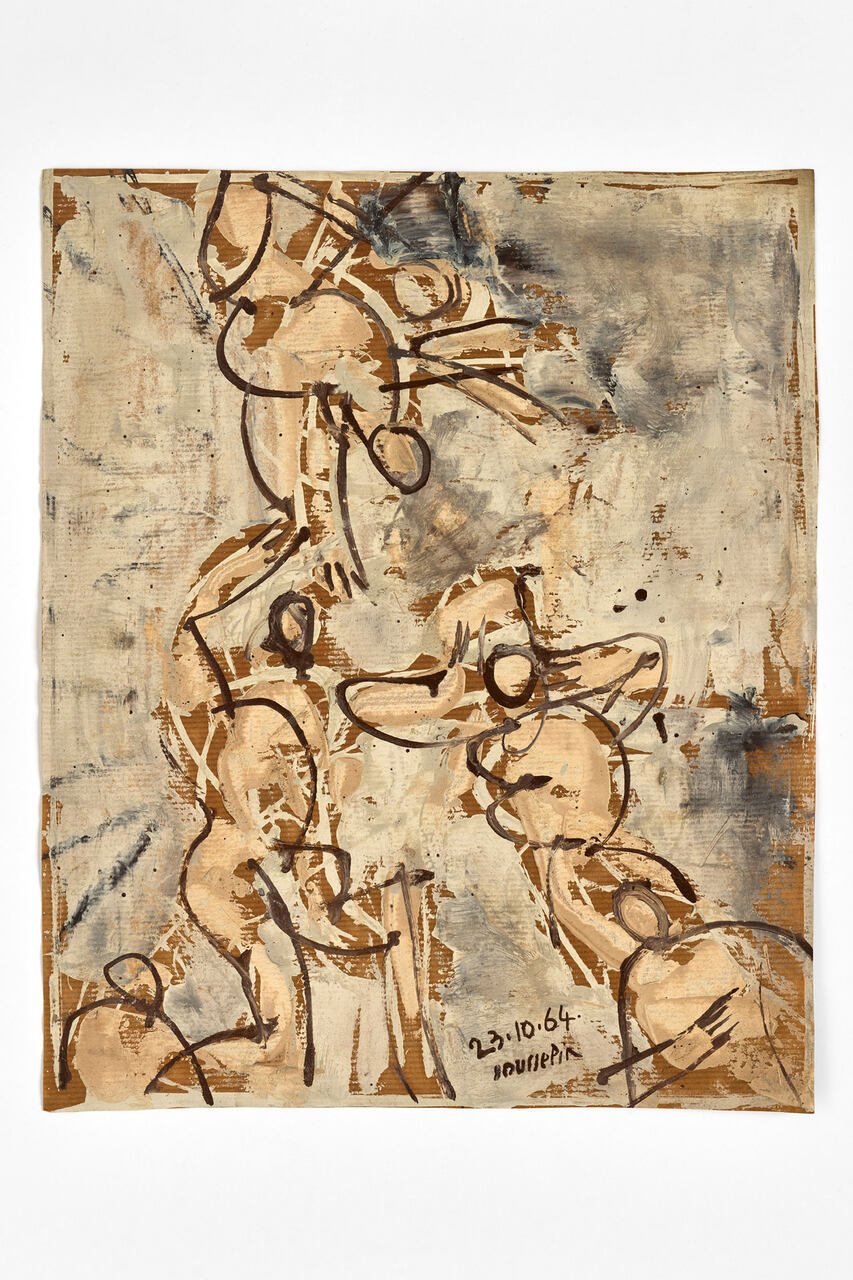



As a collector, he believed that only the works of truly excellent artists should be collected, and only the truly good works. He would much rather buy a first-rate drawing or print at an affordable price than a mediocre or poor painting in a representative format. The collection of drawings is testimony not only to the avant-garde experience of art-organising, to the knowledge that a strong network of relationships can be woven through the exchange and circulation of works on paper, but also to the sensibility of the collector. Drawing is an intimate art form, one can follow the process of the work’s creation, and it gives insight into the emotional state of the creator and his or her thinking. Imre Pán’s choices were influenced by his precise judgement of value, his tastes and his connections, and he was interested in young, emerging artists alongside the well-known names, and was excited by the prospect of research and the possibility of discovering talent.
After his death, some of the material he collected in Paris – in many cases works by the same artists – remained with his daughter Sophie Mezei. That part of the collection was the subject of an exhibition last spring in Paris at Galerie Jocelyn Wolff entitled Imre Pán, une histoire artistique et éditoriale européenne dans le Paris des années 1960.




The selection on show at Kisterem Gallery is drawn from the material that was brought to Hungary. Pairs and other copies of the exhibited works are featured at prestigious auctions or are prized items in public collections. Their canonisation in recent decades has confirmed Imre Pán’s valuation. Yet most of them are little known in Hungary, and the material offers the public the pleasure of wonder and discovery.
Anna Mark (born Anna Márkus, 1928), who lives in Paris, is a member of the generation of Hungarian painters that emerged after World War II and flourished in France. She is present in the French art scene, regularly exhibits in solo and group shows, and her paintings are included in international public collections. At the same time, her connection with the Hungarian scene has not been interrupted, and her works can be found in Hungarian public collections, exhibitions, publications and auctions. Cultural transfer is an inescapable issue when interpreting the works of this artist in exile, who is linked to both French and Hungarian culture.




Anna Mark’s drawings from Saarbrücken, 1957-1959
Anna Márkus graduated from the College of Fine Arts in 1950. She experienced the surreal world and isolation of Hungary in the fifties. With the beginning of the Rákosi era and the formation of the Cold War fronts, the traditionally Western-oriented Hungarian intellectuals found themselves cut off from their previously dominant points of orientation. Cultural relations, like all other areas of life, were increasingly controlled by the state. Anna also yearned for freedom from strong ideological constraints. She left Hungary after the suppression of the 1956 revolution. She emigrated with her husband, Gábor Czitrom, and they crossed the border in December 1956. Their original destination was France, Anna wanted to become a painter in Paris. But an old acquaintance offered her husband a job in Saarbrücken, Germany. What began as a temporary stopover of a few months lasted almost three years, until 1959.
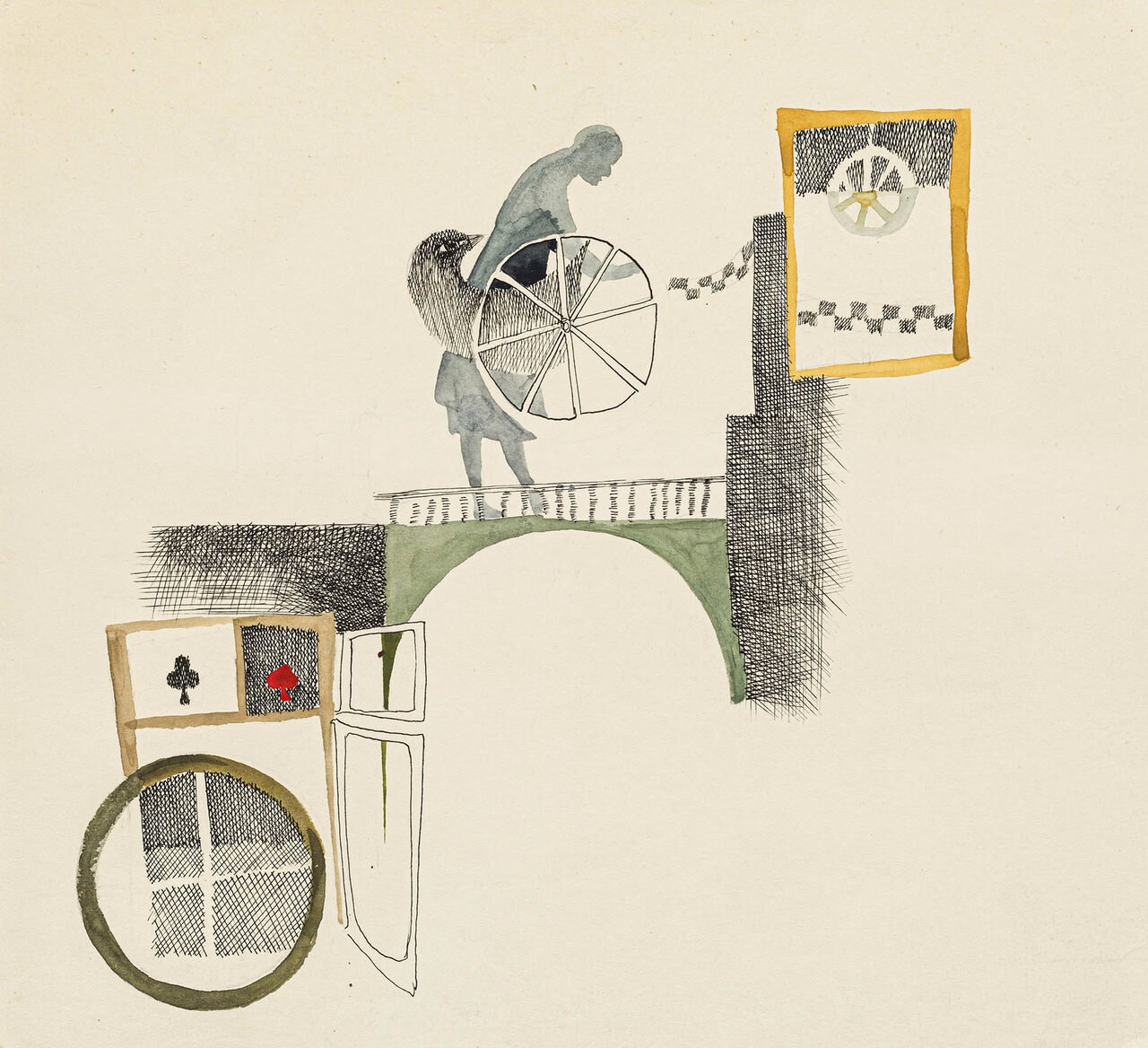

These few years were an extremely difficult period in the artist’s life. She had no job, no community. She spent her days in an apartment waiting for her husband to come home. She had already left Hungary, leaving her family and friends behind, but she had not yet arrived in Paris, where she wanted to be. She found herself in an empty space that she considered temporary, she didn’t want to fit in, she didn’t feel comfortable. She spent her time drawing, the result of three bitter years is about a hundred and ten very fine drawings in ink.
Drawing is a virtuoso technique. Mark’s lines are delicate and expressive, but at the same time the structure they create, the texture, is taut and precise. Among her subjects, we find the pain of separation, a glimpse of home, of the cherished places of the past, of grandfather’s bench, of a well. On one piece, barren, unproductive trees stand beside gnarled roots, a fruit in the ground beneath them, never to surface. The sailor can be interpreted as a symbol of travel, of taking the road; the bird, which appears in many places – perhaps referring to freedom, the desire for freedom – often stands alone in an empty circle of light. Despite the figurative nature of the drawings, they are not illustrative or narrative; their surrealistic character is due to the inexplicable elements, the oddities, the uncertainty of the perception of reality. It is often difficult to tell what is real: reflections appear that reflect something that is not present, that does not exist. The ballads are evoked not only by specific allusions in the drawings, as the curly-white lamb brings the sun and the moon between its horns, but also by the way the pages are phrased, full of emotion and silences, by the condensations, repetitions and omissions that evoke the balladic register. Humour is no stranger to them either, glistening in the storm of snails as much as in the eyes of the cross-eyed cat’s eye.

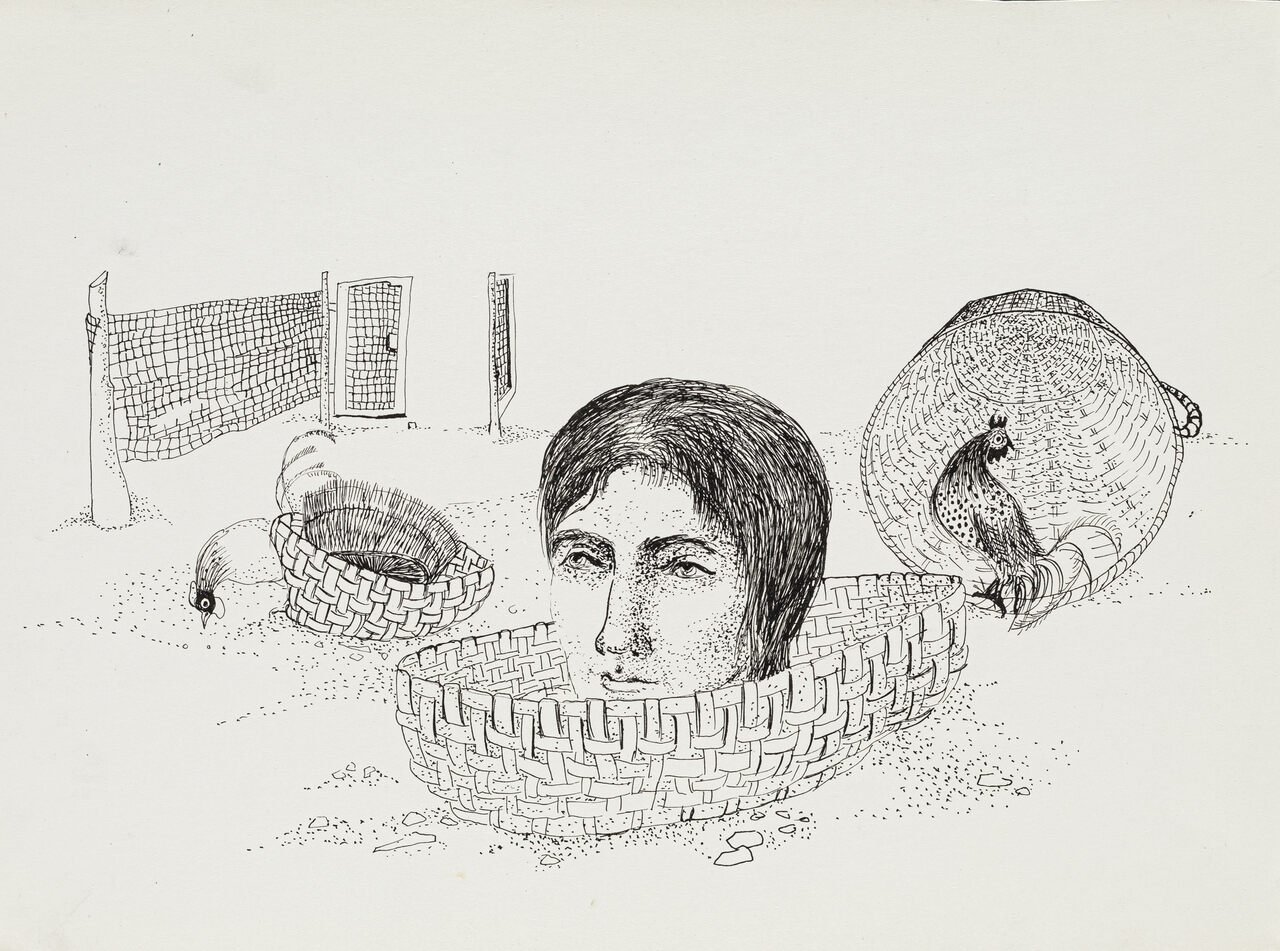
These drawings, conceived in sadness, she put away when she arrived in Paris, did not exhibit them, and, with one or two exceptions, did not even show them to anyone. In 1959, however, she arrived in the same environment as Imre Pán had a few years earlier, and her surrealist, figurative drawings fit in seamlessly with the work of her contemporaries in Paris at the time. It is interesting to compare them with a cross-section of the Parisian school of the time as seen through the eyes of Imre Pán, a Hungarian émigré. Although there are many contingencies that affect the comparison, there are still encounters.


Artists: Goncalo Duarte, Gino Bionda, René Bertholo, Lucio Del Pezzo, Corneille Guillaume Beverloo, Jacques Doucet, Max Ernst, Marc Giai-Miniet, Marcel Jean, Christine Boumeester, André Marfaing, Anna Mark, Pierre Skira, François Jousselin, Maria Helena Vieira da Silva, André Cottavoz, Armand Petitjean, Walter Bodmer, Ramon Jou Senabre, Mark Tobey, Marcelle Cahn, Henri Matisse, Alberto Giacometti, Maurice Baskine, Jacques Hérold, Riccardo Pagni, Roger Chastel, Jean Miotte, Georges Foissy, Jean Rustin, Ger Lataster, Sigismund Kolos-Vary, Eva Landori, Jean-Marie Caron
Exhibition Title: Morphism
Curated by: Mária Árvai
Venue: Kisterem
Place (Country/Location): Budapest, Hungary
Dates: 20.02-21.03.2025
Photos: Photos by Dávid Biró. All images courtsey of Kisterem, Budapest.
